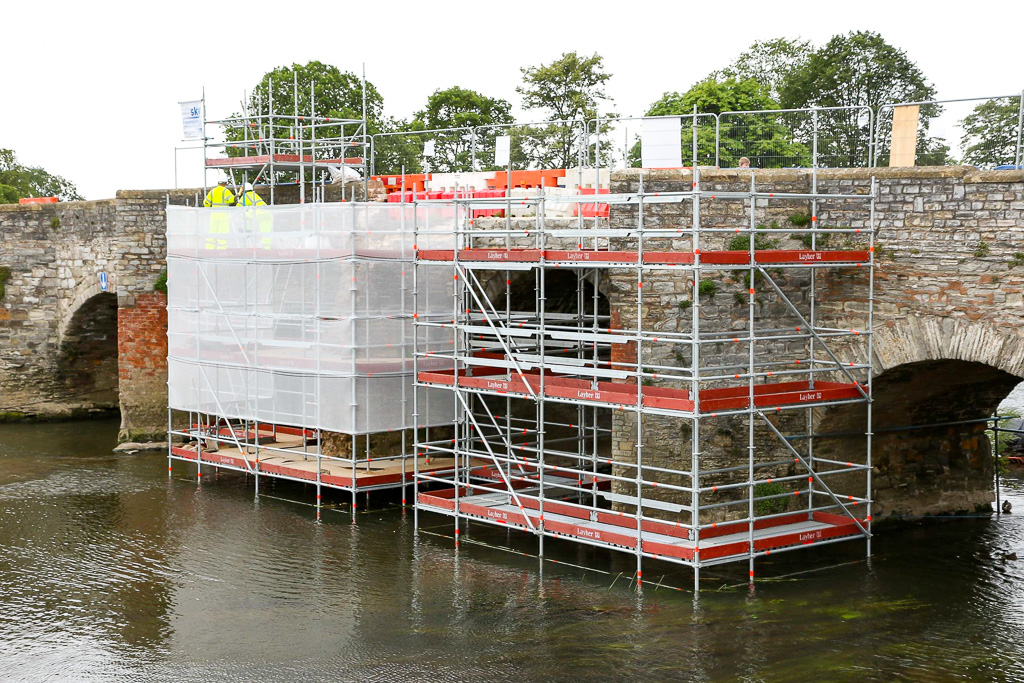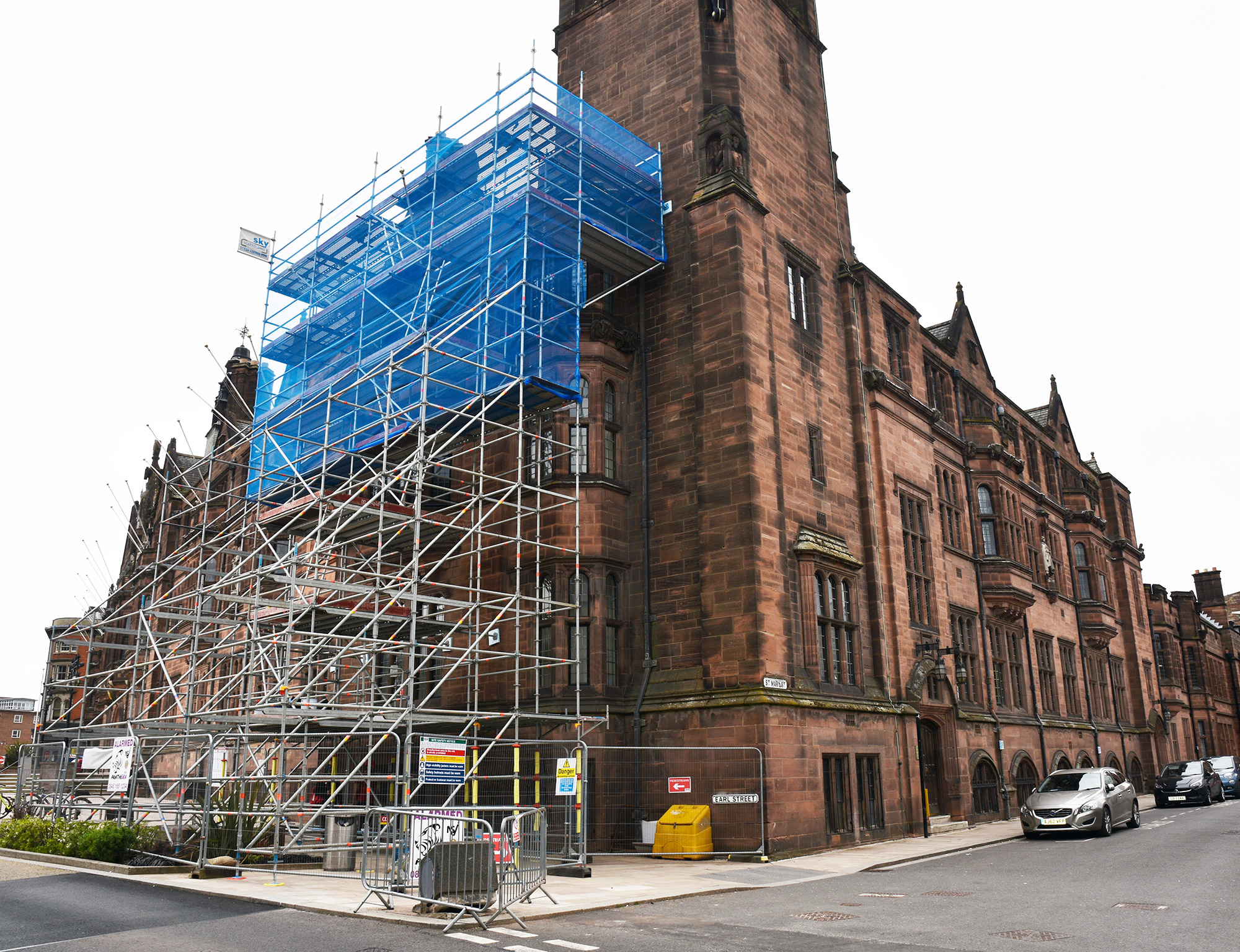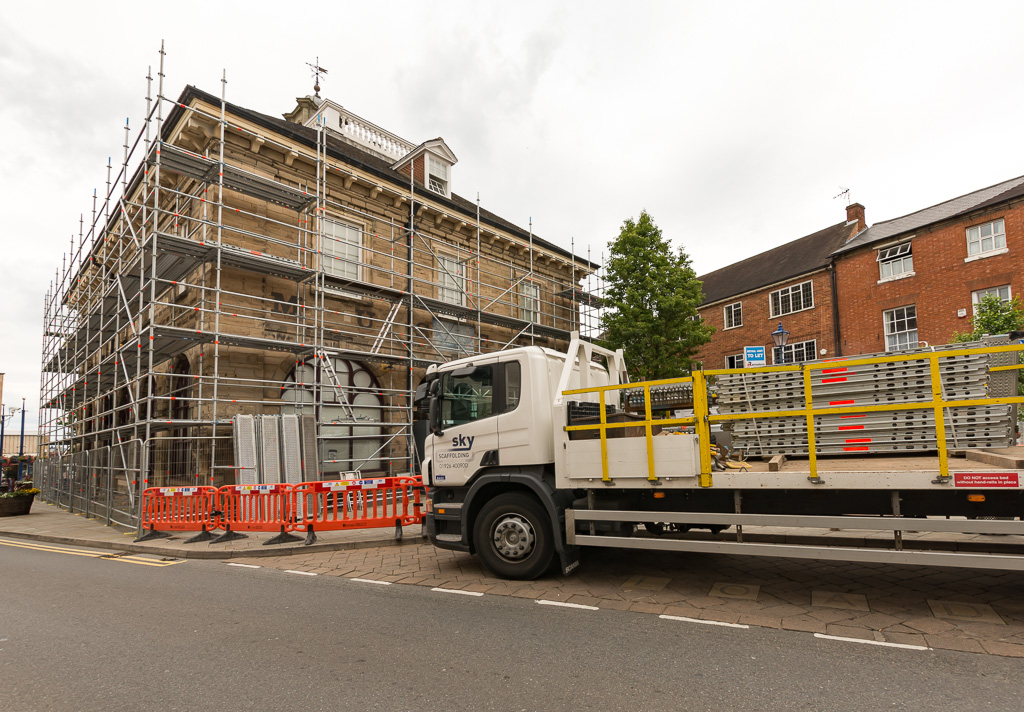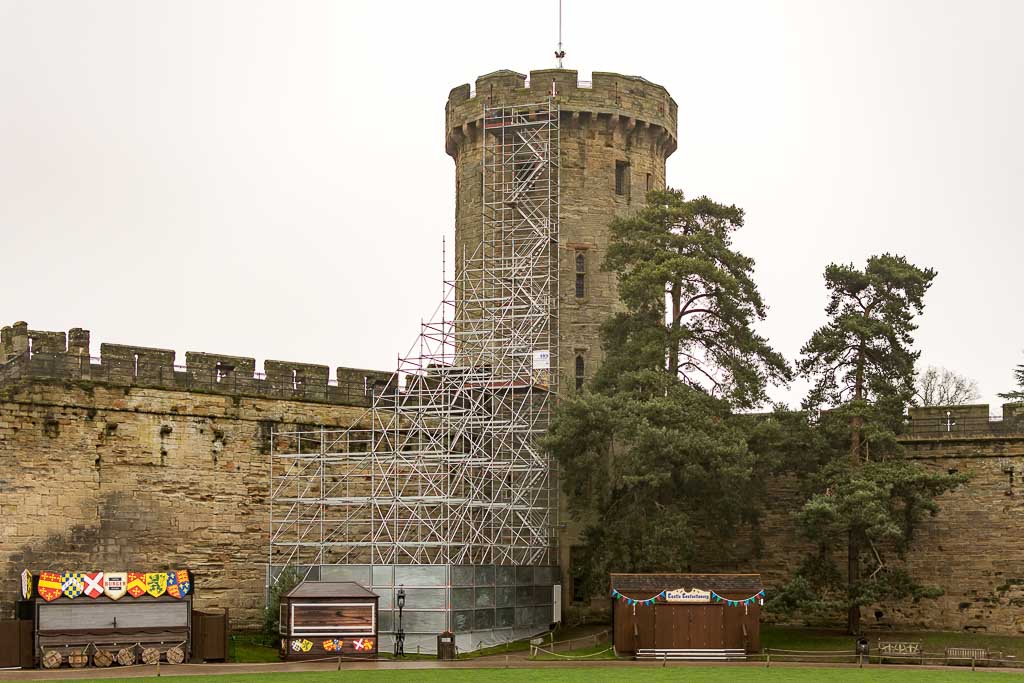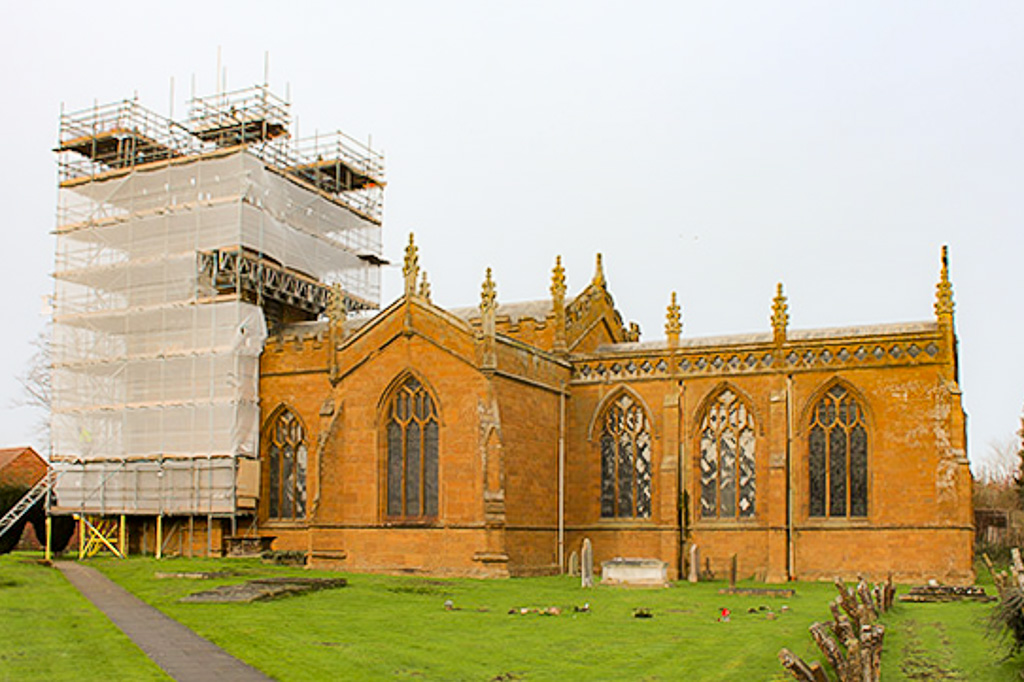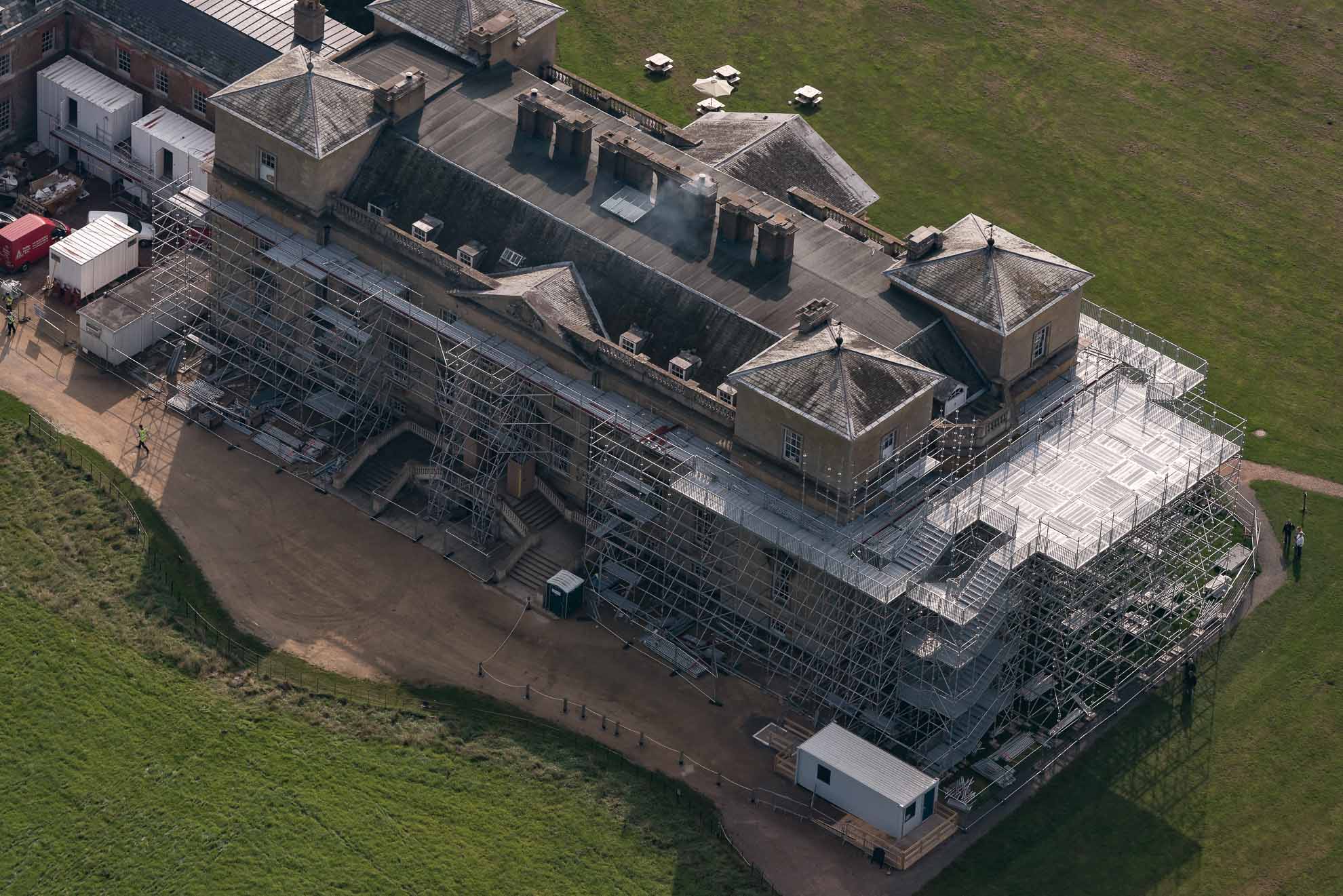Sky Scaffolding is the leading supplier of scaffolding for heritage and conservation projects throughout the UK. Our unrivaled expertise and specialisation in working with assets owned or managed by English Heritage and The National Trust make us the go-to choice for scaffolding solutions that seamlessly blend with and enhance the aesthetic appeal of historical buildings.
Whether it’s routine maintenance, extensive refurbishment, or intricate reconstruction, our team of skilled professionals is well-versed in delivering reliable and respectful scaffolding structures that preserve the historical significance of the sites we work on. Trust Sky Scaffolding to provide the highest quality scaffolding services for your heritage and conservation projects.
Contact Sky Scaffolding for the ultimate access solution for your projects involving grade listed properties, scheduled monuments, and significant buildings.
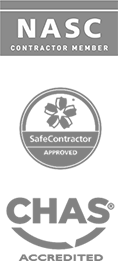
Freestanding scaffolds for heritage works
All scaffolds must be secured to ensure stability against horizontal loads, whether they are caused by horizontal live load or wind loading. This is normally achieved by using an anchor tie into brickwork, or clamps onto steelwork, but may also be achieved with some other tie formation such as lip tie or reveal tie.
As an alternative to a physical tie into a building, NASC TG20 permits raking tubes to provide stability for unclad independent access scaffolds up to 6m in height. However, as is often the case with scaffolding works on heritage buildings, the scaffold is required to a greater height than 6m and physical ties into the historic stonework is to be avoided.
The solution to this problem is to use a buttressed scaffold. The buttress extends the width of the scaffold away from the building to give more stability, this can also be loaded with kentledge (ballast) to provide further restraint against horizontal forces.
It is important to note that all scaffolds that use a buttress for stability must have a specific design that takes into account the site location, scaffold size, lateral forces, and the necessary amount of kentledge.
Tying into historic stonework and masonry
In certain cases, the limitations of the site make it impossible to install a buttressed scaffold. The lack of sufficient space at ground level restricts its feasibility and when faced with such constraints, the only viable solution may be to secure the scaffold by tying it into the existing historic stonework.
It is crucial to conduct anchor pull tests in accordance with NASC TG4 when connecting to historical stonework. Old stone and masonry have withstood years of weathering and cannot always be relied upon for uniform strength.
Aside from conducting all the essential anchor tests, we make certain to choose discreet locations when tying into historic stonework in order to minimise any visual impact.

Want to see examples of our Heritage and Conservation work?
We regularly update our website with examples of our work, to demonstate our knowledge and expertise, and to share the exciting projects we have had the pleasure of working on.
Go to Our Projects to find out more.
